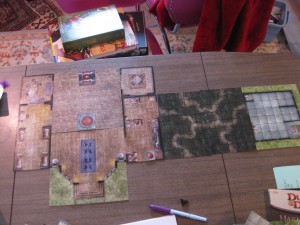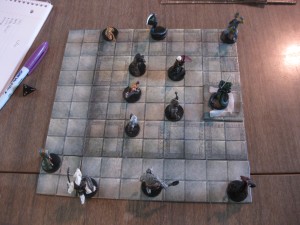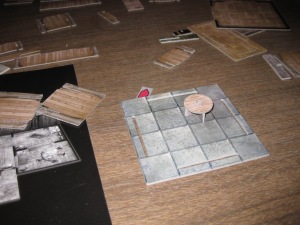Like many adolescent geeks, I fell in love with my first computer game back when I had lots of time and very little money. I mowed lawns for many weeks (probably around 12) to save up for Ultima IV: Quest for the Avatar to play on my Commodore 64. The game came on, I believe, four five inch floppy disks, and a nifty metal ankh and fabric map were included in the box along with two instruction books. I felt like I’d got my money’s worth.
The object of Ultima IV is to live well and in accordance with eight virtues: Honesty, Valor, Honor, Compassion, Justice, Spirituality and Humility. This leads to becoming the “Avatar” of those virtues and positioning your character as an example to the rest of the world. I was just impressionable enough to invest quite a lot of myself in the game’s core principles. I took it so far that I stopped reloading at previous save points, when I made a mistake and lost some rating in the virtues. A simple typo when dealing with a blind vendor would cause me to lose ‘an eighth’ of my avatar hood. One cannot be the avatar of honesty if one rips people off. It wasn’t a terrible hardship: even if you took a step backward, you could always redeem yourself, though this took hours. I probably added 50 hours of game play by compensating for typos provoked by an interface that I wouldn’t tolerate for ten minutes today.
After I completed the game, naturally I took my tricked out party back and slaughtered town after town. At that point even the town guards presented little challenge. After all those weeks spent tightly following a path of virtue, it was quite a relief to just go evil for awhile.
This reminds me of life in a long term Dungeons and Dragons campaign. I like playing and developing the same character over long periods of time, but sometimes it’s fun to change things up by creating a character who thinks a less and cares little for authority.








